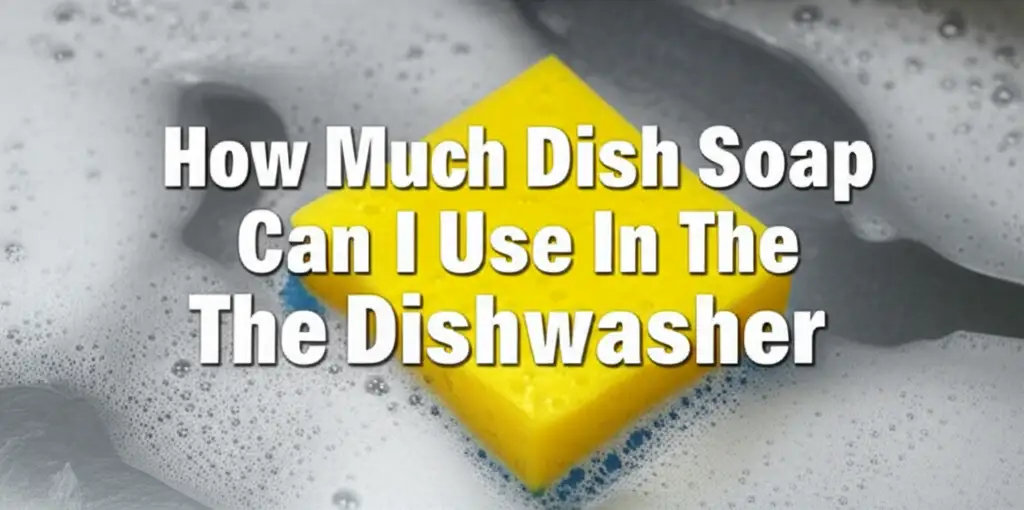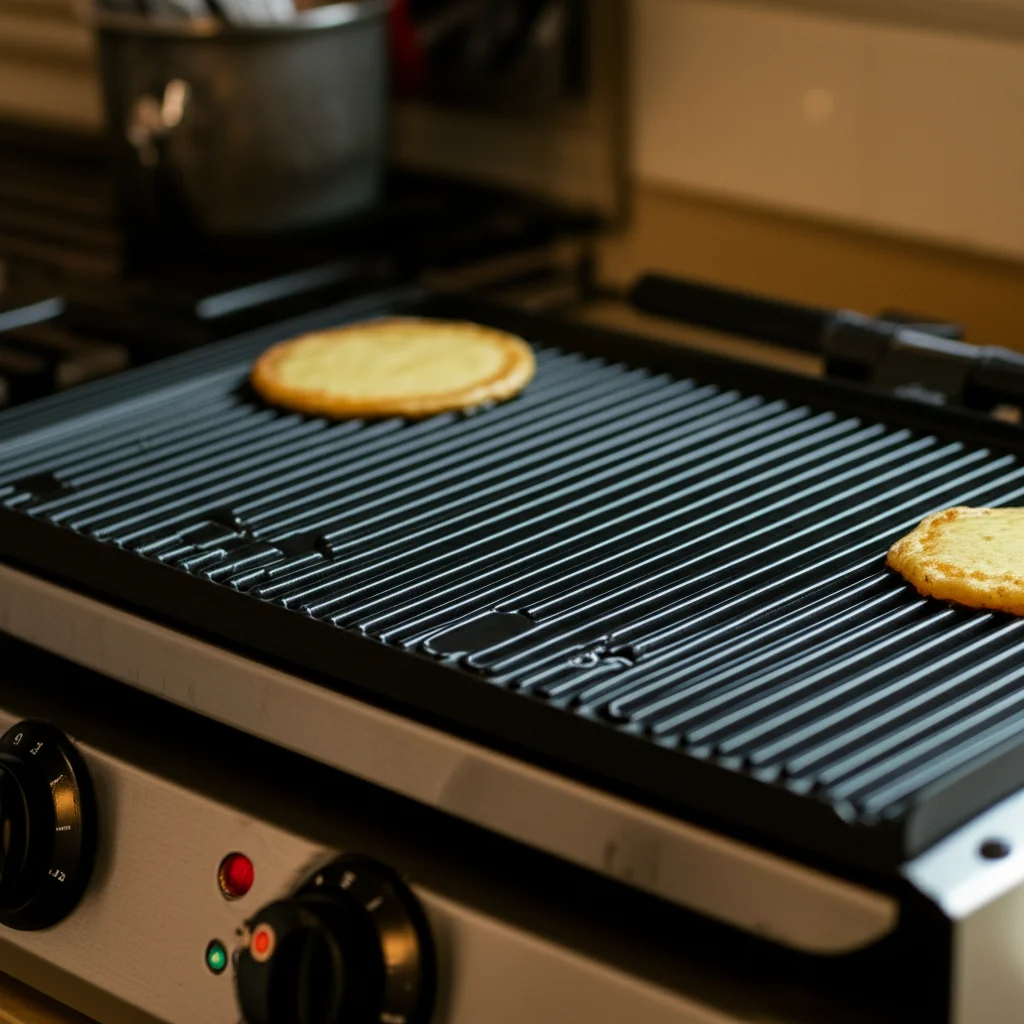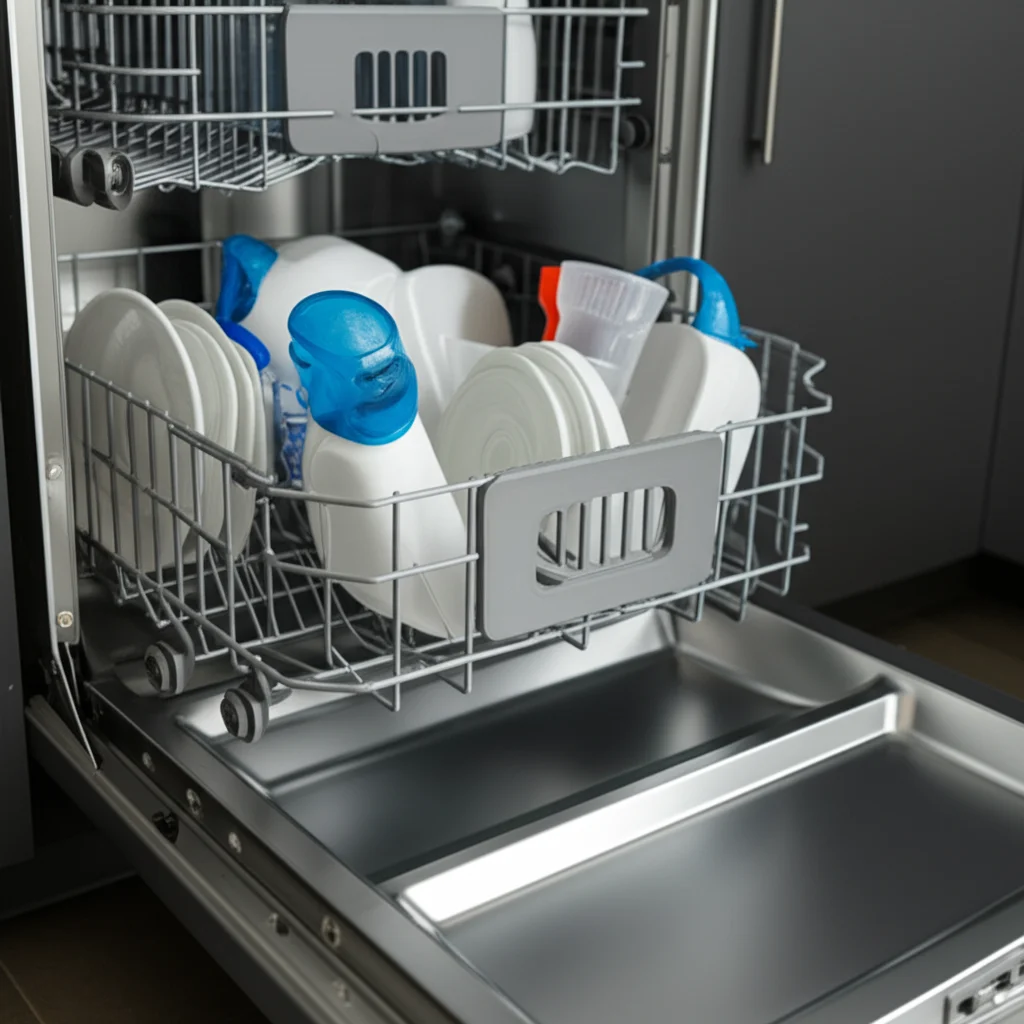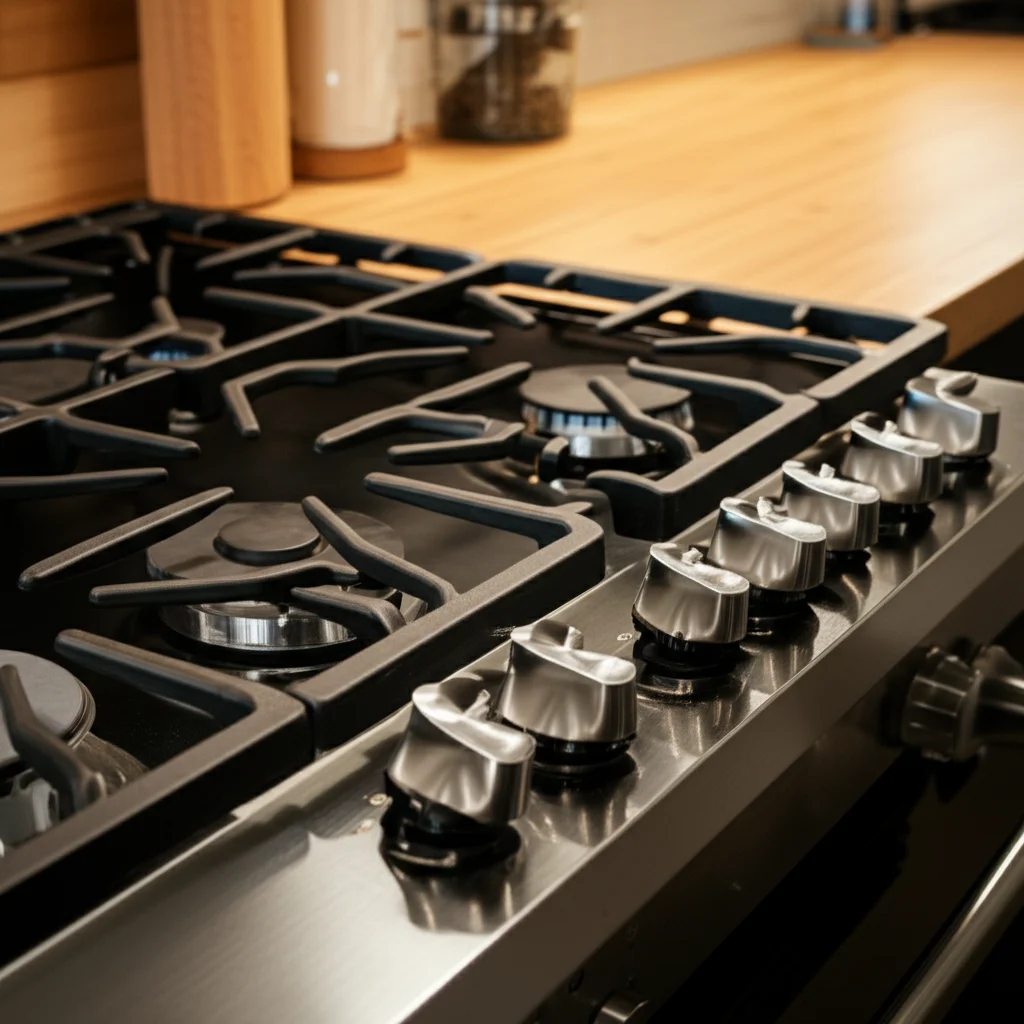· Todd Martin · Kitchen Cleaning Tips · 14 min read
What To Do If You Put Dawn In Dishwasher
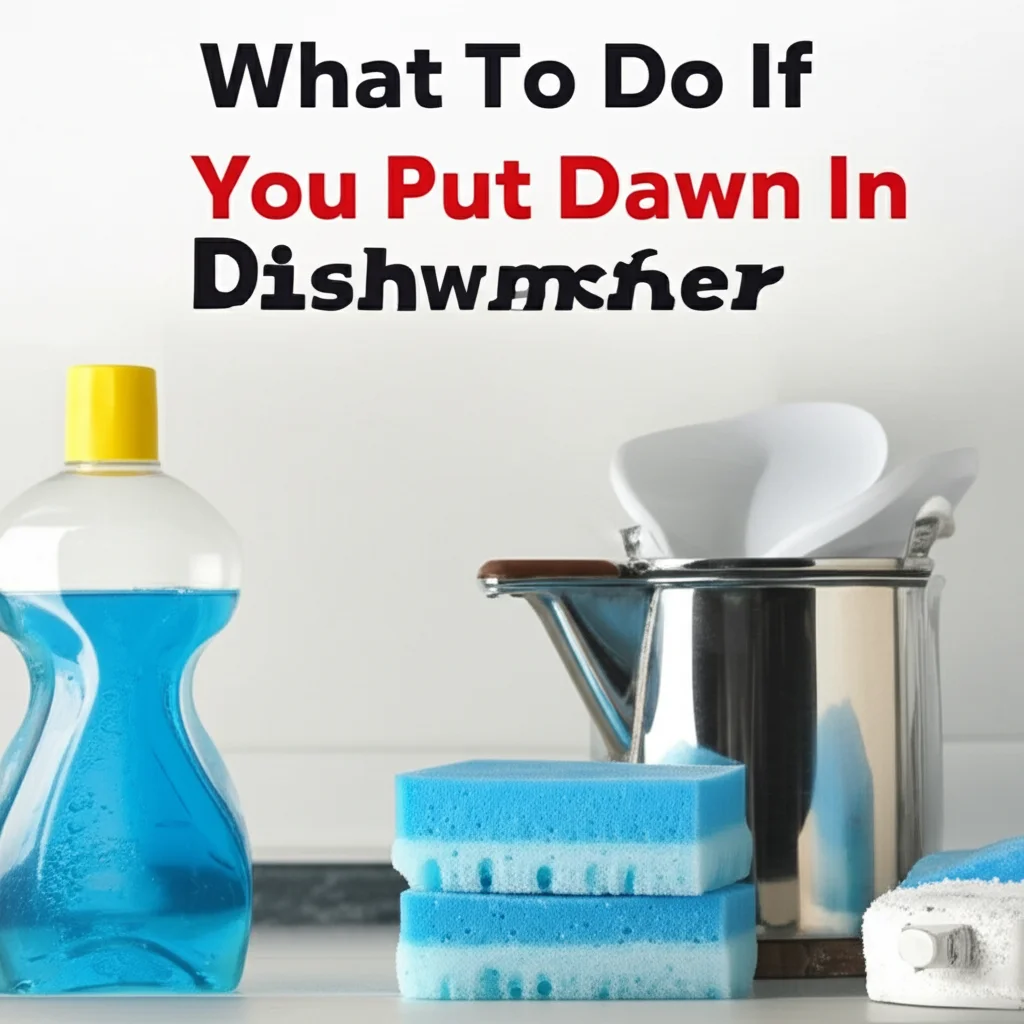
What To Do If You Put Dawn In Dishwasher: A Quick Fix Guide
It happens to the best of us. One moment, you are rushing through chores, and the next, you realize you’ve poured liquid dish soap, like Dawn, into your dishwasher’s detergent dispenser. Panic might set in as suds begin to erupt, threatening to flood your kitchen floor. I understand this immediate dread. This common household mishap can cause a chaotic, foamy disaster.
Do not worry. You are not alone. Many homeowners have faced this exact situation. This guide will walk you through every essential step. We cover immediate actions, thorough cleanup, and smart strategies to avoid this bubbly blunder in the future. We aim to return your kitchen to normal and keep your dishwasher running smoothly.
Takeaway
- Immediately stop the dishwasher cycle.
- Do not open the door until suds subside.
- Scoop out excess foam, then sprinkle salt to reduce suds.
- Run multiple rinse cycles, adding a cup of white vinegar each time.
- Clean up any water or foam spills on your floor and cabinets quickly.
- Always use only automatic dishwasher detergent to prevent future incidents.
If you put Dawn in your dishwasher, immediately stop the cycle and keep the door closed. Once the suds settle, manually remove foam, add salt to dissipate remaining bubbles, and then run several rinse cycles with white vinegar. This process cleans the machine and prevents damage.
The Immediate Aftermath: Stopping the Suds Surge
Discovering a cascade of suds from your dishwasher can be startling. Your first reaction might be to open the door, but resist this urge. Opening the door prematurely allows more foam and water to escape, worsening the mess. I learned this the hard way once, facing a kitchen submerged in bubbles.
Act quickly but calmly. Every second counts to contain the problem. Proper immediate response prevents further damage to your home and appliance. We must halt the suds production and prevent widespread flooding.
Power Down Immediately
The very first step is simple yet critical. Press the “cancel” button on your dishwasher. If the cycle does not immediately stop, turn off the appliance by unplugging it or flipping its circuit breaker. This cuts power to the dishwasher, halting the wash cycle and preventing more water from entering the unit. This stops the pump and prevents more suds from forming.
You stop the creation of new foam by cutting the power. This also prevents the machine from continuing to spray suds throughout your kitchen. I always go for the circuit breaker if the cancel button fails, just to be sure. It gives me peace of mind that no more water will pump into the machine.
Don’t Open the Door (Yet!)
It is tempting to open the dishwasher door immediately to inspect the situation. However, this is a mistake. The machine is likely full of highly pressurized, sudsy water. Opening the door will cause a massive eruption of foam and water onto your floor. This creates a much larger cleanup job.
Instead, wait about 10-15 minutes. This allows the suds to settle and the water to drain naturally from the wash basin. Some suds will collapse on their own. This waiting period significantly reduces the volume of foam you will need to manage. Patience here really saves you from a bigger mess.
Conquering the Foam Flood: Initial Cleanup Steps
After you have stopped the cycle and allowed the suds to subside, the real work begins. Your goal is to remove as much foam and sudsy water as possible from inside the dishwasher. This prepares the appliance for rinsing without creating more bubbles. I find this part surprisingly satisfying once you see the foam disappear.
This phase is critical for effective cleaning. It prevents the suds from reactivating during subsequent rinse cycles. A thorough initial cleanup makes the rest of the process much easier. Do not skip any steps.
Scooping Out the Suds
Carefully open the dishwasher door just a crack. Use a small cup, sponge, or old towel to scoop out as much of the thick foam as you can. Place the removed foam into a bucket or directly into your sink. Be gentle to avoid splashing. Continue scooping until you have removed the majority of the visible suds.
You will find a surprising amount of foam inside. Do not worry about getting every last bubble. Focus on the bulk of the foam. This manual removal is essential before running any rinse cycles, as it significantly reduces the amount of dish soap residue remaining.
Salt to the Rescue
Once you have scooped out the bulk of the foam, sprinkle a generous amount of table salt (yes, ordinary table salt!) over the remaining suds inside the dishwasher. Salt helps to break down soap bubbles. It destabilizes the foam, causing it to collapse faster. You will see the suds magically shrink before your eyes.
Let the salt sit for about 15-20 minutes. The salt works by reducing the surface tension of the water, which is what keeps the bubbles intact. After the waiting period, most of the remaining suds will have dissolved into a liquid. This makes them easier to manage. This trick has saved me from countless sudsy scenarios.
Rinsing Away the Residue: Getting Your Dishwasher Back on Track
After removing the bulk of the suds, you need to flush out any remaining dish soap residue. Even a small amount of leftover Dawn can cause continued sudsing in future cycles. This step involves running the dishwasher through several rinse-only cycles. It helps to purify the system.
This process ensures that no cleaning agent remains inside. It guarantees your dishes will come out clean, not covered in soap film. Proper rinsing is the key to full recovery.
Running Rinse Cycles
Close the dishwasher door. Set the dishwasher to a “rinse only” cycle. If your machine does not have a “rinse only” setting, choose the shortest wash cycle without heat or detergent. Let the cycle complete. This cycle will pump water through the system, hopefully flushing out the remaining soap. You might still see some suds, but they should be significantly less.
Repeat this rinse cycle two or three times. This ensures all soap residue flushes out completely. I usually monitor the first rinse carefully for signs of excessive sudsing. If it still produces too many bubbles, I might scoop a bit more foam before the next rinse. This is a vital step for a clean dishwasher.
Vinegar for a Final Flush
For the final rinse, add one cup of white vinegar to the bottom of the dishwasher. Do not put it in the detergent dispenser. Just pour it directly into the basin. Then, run another “rinse only” cycle. Vinegar is an acidic substance that helps to neutralize any remaining soap residue. It also eliminates odors and leaves your dishwasher sparkling clean.
The vinegar also breaks down mineral deposits and helps to clean a smelly dishwasher. It acts as a natural rinse aid. After this vinegar cycle, your dishwasher should be free of suds and ready for normal use. It is a fantastic natural cleaner. This is also how I often clean my dishwasher with vinegar.
Protecting Your Floors and Cabinets: Water Damage Control
When Dawn dish soap causes an overflow, the immediate concern is the suds. However, the accompanying water can cause significant damage to your kitchen. Water can seep into flooring, cabinets, and even baseboards. I have seen firsthand how quickly water can warp wood or promote mold growth.
Addressing these spills promptly saves you from costly repairs down the line. Protecting your home from water damage is as important as cleaning the dishwasher itself. Take a moment to assess the affected areas outside the appliance.
Towel Up the Spills
Gather old towels or absorbent cloths. Mop up all visible water and foam from your kitchen floor. Pay special attention to areas around the dishwasher, under cabinets, and near baseboards. Press firmly to absorb as much moisture as possible. You want to get the area as dry as you can.
Do not just wipe the surface. Try to absorb water that might have seeped into grout lines or floor seams. This immediate action prevents water from sitting and causing long-term damage. I often use multiple layers of towels for maximum absorption.
Check for Hidden Moisture
After surface drying, inspect for hidden moisture. Use a flashlight to look under kick plates, around the base of cabinets, and along wall edges. If your dishwasher sits on a mat, lift it to check underneath. Feel for dampness or signs of standing water. Even small puddles can lead to big problems later.
If you find significant hidden moisture, you might need to use a wet-dry vacuum to extract it. Place fans directly on the damp areas to promote airflow and drying. If the water has seeped into drywall or subflooring, you may need professional help to prevent mold. Ignoring hidden water can lead to serious issues, including a smelly dishwasher or mold growth.
The Science Behind the Suds: Why Dish Soap is a No-Go
Understanding why Dawn dish soap causes such a dramatic reaction in your dishwasher can prevent future mistakes. It is not about the brand, but the chemical formulation. Dishwasher detergents and hand dish soaps are designed for completely different environments. I used to think all soap was the same until I saw the difference firsthand.
Knowing this distinction helps reinforce the importance of using the correct product. It highlights the engineering differences in how these cleaning agents perform. The science is quite fascinating.
Formulation Differences
Hand dish soaps, like Dawn, contain high concentrations of foaming agents. These agents create abundant suds. Suds are desirable when you are hand-washing dishes. They lift grease and food particles from surfaces with manual scrubbing. You want those bubbles to see the cleaning action.
Automatic dishwasher detergents, however, are specifically formulated to be low-sudsing. They contain ingredients that break down food and grease without creating excessive foam. Instead of suds, they rely on strong enzymes, bleaching agents, and water softeners. These work with high-pressure spray arms and hot water. These detergents do not need bubbles to clean effectively.
High-Efficiency vs. Hand-Washing
Modern dishwashers, especially high-efficiency models, use very little water. They recirculate water repeatedly during a cycle. If you introduce a high-sudsing soap, these minimal water volumes quickly turn into a machine full of foam. The suds expand rapidly, overflowing the machine and preventing proper cleaning. The bubbles act like a cushion, stopping the water jets from reaching dishes.
Hand-washing, in contrast, uses fresh water and manual agitation. The suds are continually washed away. The closed system of a dishwasher recirculates the same sudsy water, causing the foam to build and build. This design difference means you must use a specialized, low-sudsing detergent for your appliance. It is a critical distinction for appliance function.
Preventing Future Fiascos: Best Practices for Dishwasher Detergent
The best way to deal with putting Dawn in your dishwasher is to never do it again. This is easier said than done, especially during busy moments. However, implementing a few simple habits can prevent this sudsy nightmare from recurring. I now have a system in place to avoid any confusion.
These best practices ensure you always use the correct product. They also help maintain the longevity and efficiency of your dishwasher. A small change in routine can save a lot of hassle.
Dedicated Detergent Only
Always keep your automatic dishwasher detergent separate from your hand dish soap. Store them in different cabinets or on different shelves. This visual distinction reduces the chance of grabbing the wrong bottle, especially when you are distracted. I keep my dishwasher pods in a clearly labeled container right next to the dispenser.
Consider using dishwasher pods or tablets instead of liquid or powder. Pods are pre-measured. They eliminate any confusion about how much to use. They also reduce the chance of accidentally pouring the wrong liquid. For guidance on where to place them, you can check out where to put Finish dishwasher pods. If you need an alternative, understanding what you can use instead of dishwasher tablets is also helpful.
Proper Storage
Store all cleaning products in their original, clearly labeled containers. Do not transfer dish soap into generic bottles or containers that might resemble dishwasher detergent. This simple practice ensures you always know what you are reaching for. Mislabeling or using unlabeled containers invites mistakes.
Keep cleaning products out of reach of children and pets. This is not just for safety. It also minimizes the chance of accidental spills or misuse by curious hands. A designated “dishwasher zone” in your cabinet can also help organize things.
Beyond the Suds: Maintaining Your Dishwasher’s Health
Dealing with a Dawn overflow is a good reminder about overall dishwasher maintenance. A well-maintained dishwasher works more efficiently. It also lasts longer. Neglecting regular cleaning can lead to poor performance, odors, and even bigger problems than just suds. I have learned that prevention is always better than a cure.
Regular maintenance helps your appliance function at its best. It prevents issues like blockages and buildup. This is key to long-term kitchen harmony.
Regular Cleaning Routines
Even without a dish soap mishap, your dishwasher needs regular cleaning. Food particles, grease, and hard water minerals can build up inside. This reduces cleaning effectiveness and causes odors. I recommend running an empty cycle with a dishwasher cleaner, or simply a cup of white vinegar, once a month. This helps to keep the interior fresh and clean.
For a deeper clean, consider these steps:
- Wipe down the door gasket: Food particles and grime often collect around the rubber seal. Wipe this area with a damp cloth.
- Clean the spray arms: The tiny holes in the spray arms can get clogged with food bits. Remove the arms and use a toothpick or small brush to clear the holes. This ensures proper water distribution.
- For a comprehensive clean, follow a guide on how to clean the inside of a dishwasher.
Checking Filters and Drains
Most modern dishwashers have a removable filter at the bottom. This filter traps food particles. If it gets clogged, it can lead to poor drainage and dirty dishes. Check your dishwasher’s manual for instructions on how to locate and clean this filter. I make it a point to check my filter every few weeks. This simple task makes a huge difference.
If you experience drainage issues even after a Dawn incident, inspect the drain hose and drain pump. Clogs in these areas can prevent water from exiting the machine properly. Learning how to clean the filter in a dishwasher and how to clean a dishwasher drain are essential skills for any homeowner. Regular attention to these components keeps your dishwasher performing optimally.
FAQ Section
Can Dawn permanently damage a dishwasher?
No, Dawn dish soap typically does not cause permanent damage to a dishwasher. The primary issue is the excessive suds and potential overflow, which can lead to water damage in your kitchen. If you follow the cleanup steps promptly, your dishwasher should return to normal function without lasting harm. The machine itself is robust against temporary soap exposure.
What if I only used a tiny bit of Dawn?
Even a tiny bit of Dawn can create an astonishing amount of suds in a dishwasher. Dish soap is highly concentrated with foaming agents. While a small amount might result in less overflow, you will still experience significant sudsing. Follow the same steps of stopping the cycle and rinsing with vinegar to ensure all residue is gone.
How do I remove the Dawn smell from my dishwasher?
After flushing out the suds, run a few more rinse cycles with white vinegar. Vinegar neutralizes odors effectively. You can also place a bowl of baking soda on the top rack and let it sit overnight to absorb any lingering smells. For persistent odors, a dedicated dishwasher cleaner can help.
Is it safe to run dishes through after a Dawn incident?
Yes, it is safe to run dishes through your dishwasher after cleaning up a Dawn incident. Ensure you have thoroughly flushed out all soap residue with multiple rinse cycles, especially the vinegar rinse. Any remaining soap could leave a film on your dishes. Once the machine is clear, you can confidently run a normal cycle with proper dishwasher detergent.
Can I use laundry detergent instead of dishwasher detergent?
No, you cannot use laundry detergent in a dishwasher. Like hand dish soap, laundry detergent is also highly sudsing and not formulated for automatic dishwashers. It will cause the same, if not worse, foam overflow and could damage your appliance. Always use products specifically designed for dishwashers.
Conclusion
Accidentally putting Dawn in your dishwasher is a common, yet startling, mistake many of us have experienced. I know that moment of dread when the bubbles start to rise. However, with the right immediate actions and a systematic approach to cleanup, you can prevent damage and restore your kitchen to normal. Remember to act quickly, prioritize safety, and follow through with thorough rinsing.
By understanding why hand dish soap is unsuitable and adopting best practices for detergent storage, you can avoid this sudsy situation in the future. Regular dishwasher maintenance also plays a crucial role in preventing problems and ensuring your appliance runs efficiently for years to come. Take these steps and keep your home sparkling clean.


